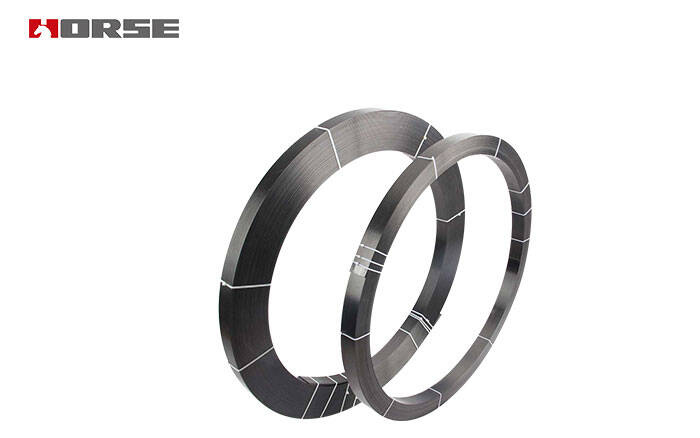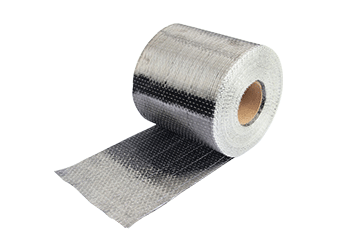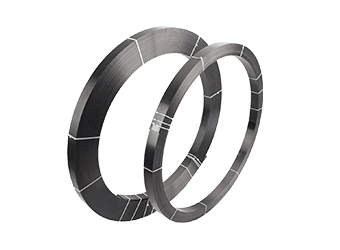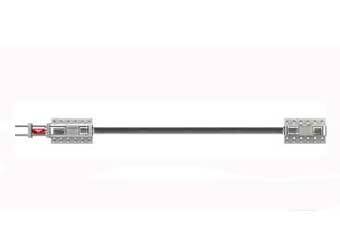Soluções
A Horse Construction oferece uma ampla gama de materiais de reforço estrutural, incluindo suporte técnico, suporte de documentação, suporte de produtos, suporte de software e suporte de projeto.
carbon fiber plate

Carbon fiber plate is used as a new type of structural reinforcement material. When used in structural reinforcement, it needs to be cut to an appropriate length. Therefore, your best way to complete a carbon fiber project is to buy a carbon fiber plate and cut it yourself. But before you start, you need to know a few things to ensure the safest and highest quality cutting operations.
Safety first
There are some inherent risks in cutting carbon fiber plates. These include:
Fine resin dust particles irritate the skin, eyes or lungs
Fragments
Sharp edges along the cutting line
General risks of using high-speed cutting tools
Due to the conductivity of carbon fiber dust, there is less risk to equipment
To minimize these risks, please follow some best practices:
Work in a well-ventilated environment.
Always wear respiratory protection. Carbon fiber dust is non-toxic, but the fine dust generated by cutting carbon fiber sheets may irritate the lungs. Therefore, it is best to wear a respirator. Use dust masks with grades P1 (for occasional use), P2 (filtering finer particles) or up to P3 (for best protection). If you want to cut a large number of carbon fiber sheets, please consider investing in reusable respirators.
Protect the skin. When cutting, the thin edge of the carbon fiber sheet becomes very sharp, so please be careful. In addition, your hands, especially the hands between your fingers, may become very annoyed by small dust particles. Wearing thin surgical gloves can provide protection. If dust does fall on the skin, rinse with water.
Wear goggles. It is recommended to wear safety glasses or goggles when using power tools at any time.
Ready to work
When choosing a tool for cutting carbon fiber sheets, the cutting surface of the tool should be as thin as possible. The cross section may split, break or chip the carbon fiber sheet. The best blade for this purpose will have fine grit on the cutting edge instead of the teeth. If you choose to use a tool with cutting teeth instead of edging, the teeth should be as thin as possible, such as a tool designed for metalworking instead of woodcutting. Please note that cutting carbon fiber plate will cause more wear on the cutting blade than other items.
When preparing to cut carbon fiber sheets, be sure to mark your cut first, and then mark it slightly wider. This will make room for the carbon fiber plate to be slightly polished back to eliminate any debris or debris that may appear, ensuring smooth and accurate edges.
Use a cutting surface (such as wood or high-density foam blocks) to place the carbon fiber sheet on it so that the cut pieces fall onto the work table below.
Cutting carbon fiber plate
There are many basic tools that can cut carbon fiber plates well. Here are some options:
Hacksaw: A metal hacksaw with a fine sandpaper blade is very suitable for directly cutting prepreg carbon fiber sheets.
Drill: If you need to cut a piece from the inside of the carbon fiber plate, use an electric drill equipped with a metal working drill to create a pilot hole.
Rod saw: After drilling the pilot holes, use a rod saw with a suitable blade for cutting. Open the bar saw, insert the blade through the guide hole, and then screw the saw back together to cut.
Angle grinder: The angle grinder will cut larger jobs soon. This option is best for cutting straight lines very quickly and smoothly. Because it runs so fast, it is more prone to errors, so proceed with caution.
Jig saw: A jig saw equipped with a tungsten carbide blade is an ideal tool for bending, irregular or complex cutting.
Você pode encontrar tudo o que precisa aqui. Confie e experimente esses produtos, você vai perceber uma grande diferença depois.

A fibra de carbono da Horse Construction é para reforço estrutural, reparo e modernização de substratos de concreto, alvenaria, aço e madeira em edifícios, pontes, rodovias, ferrovias, túneis, píeres e aeroportos civis.

O laminado de polímero reforçado com fibra de carbono Horse (CFRP) é um laminado composto pré-curado, colado na estrutura como reforço externo com epóxi HM-120CP.

O sistema de laminado CFRP protendido Horse (sistema CFRP pós-tensionado) inclui dispositivos de ancoragem e laminado de fibra de carbono especialmente projetados para pontes, edifícios e reforço de estruturas de aço.